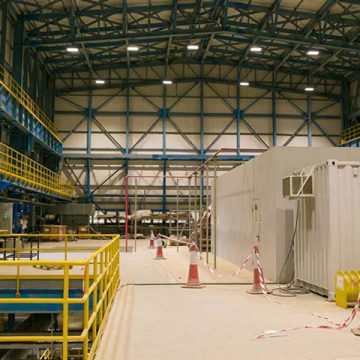Pozwól nam zaopiekować się Twoim oświetleniem
Tworzymy rozwiązania oświetleniowe dopasowane do potrzeb twojej firmy, zgodne z jasno określonym zestawem kluczowych wskaźników efektywności. Rozwiązania obejmują wszystkie etapy – od projektu i konstrukcji po obsługę i konserwację oświetlenia.
Oprócz naszych standardowych usług zarządzanych możesz wybrać model Light as a Service, który zapewnia natychmiastową elastyczność finansową i pozwala korzystać z najnowocześniejszych systemów oświetleniowych bez obciążenia związanego z ich posiadaniem.







